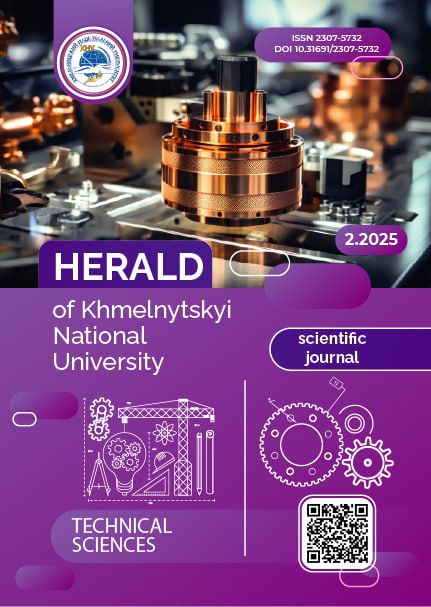РОЗВИТОК КОНЦЕПЦІЇ SMART SYSTEMS ТА MOBILITY AS A SERVICE: ТЕНДЕНЦІЇ ОСТАННЬОГО ДЕСЯТИЛІТТЯ
DOI:
https://doi.org/10.31891/2307-5732-2025-349-81Ключові слова:
Розумні системи, мобільність як послуга (MaaS), розумне місто, інтернет речей, міська мобільність, транспортні системи, транспортна безпека, штучний інтелект, модульна архітектура, інклюзивний дизайн, моніторинг у реальному часіАнотація
У цій статті представлено комплексний аналіз тенденцій розвитку «розумних систем» і «мобільності як послуги» (MaaS) на основі публікацій бази даних Scopus за період з 2014 по 2024 рік. Використовуючи широкий пошуковий запит, що охоплює різні аспекти технологій розумного міста, включаючи пристрої на основі штучного інтелекту, Інтернет речей, сталий розвиток та послуги мобільності, ми виявили та проаналізували 187 550 релевантних публікацій. Дослідження виявило значне зростання наукового інтересу: кількість публікацій зросла з 4 406 у 2014 році до 34 948 у 2024 році. За результатами дослідженні нами представлено інноваційний підхід до розробки модульної веб-системи в рамках концепції «Мобільність як послуга» (Mobility-as-a-Service, MaaS), спрямованої на покращення послуг міської мобільності. Система може функціонувати як самостійне рішення, так і як розширення існуючих мобільних веб-додатків, якими зазвичай користуються мешканці міста. Особлива увага приділяється інтеграції додатків служб таксі, використанню їх безперервної фонової роботи та доступу до геолокаційних даних. Запропонована система включає технології штучного інтелекту, Інтернету речей та великих даних для збору та аналізу даних у режимі реального часу, що забезпечує інтелектуальне управління транспортом та підвищує рівень безпеки. Дослідження представляє кілька ключових інновацій, включаючи модулі моніторингу на основі штучного інтелекту, що використовують камери смартфонів для оцінки безпеки водіїв, розпізнавання облич для контролю доступу та можливості медичного моніторингу через реєстрацію ЕКГ та ПКГ. Система також інтегрує оптимізацію доставки та поштових послуг, екстрену медичну допомогу та реалізує інклюзивні функції дизайну, такі як голосове управління та розпізнавання жестів для користувачів з обмеженими можливостями. Розроблене рішення демонструє значний потенціал для покращення міської транспортної інфраструктури, посилення заходів безпеки, зменшення впливу на навколишнє середовище та підвищення доступності та зручності послуг мобільності для всіх громадян. Модульна архітектура забезпечує масштабованість та безперешкодну інтеграцію з існуючими міськими службами, сприяючи просуванню концепції «розумних систем» та сталому розвитку міст.
Завантаження
Опубліковано
Номер
Розділ
Ліцензія
Авторське право (c) 2025 ЮРІЙ ПАЛЯНИЦЯ, ВАСИЛЬ ДУНЕЦЬ, ІРИНА ДЕДІВ, ЛІЛІЯ ХВОСТІВСЬКА, АНДРІЙ СВЕРСТЮК (Автор)

Ця робота ліцензується відповідно до ліцензії Creative Commons Attribution 4.0 International License.

